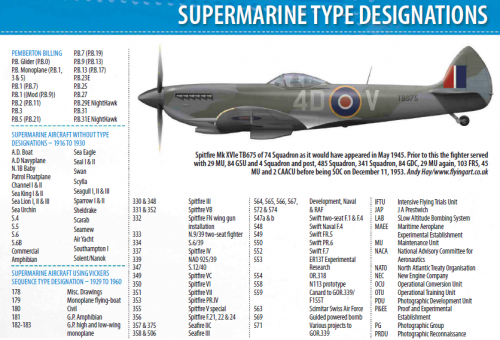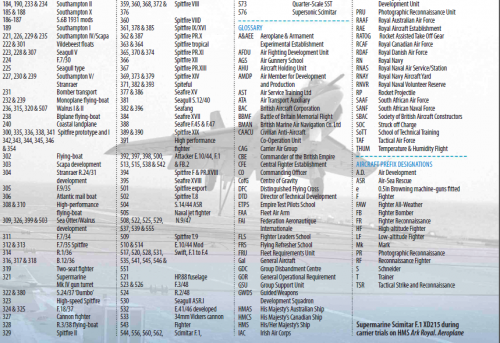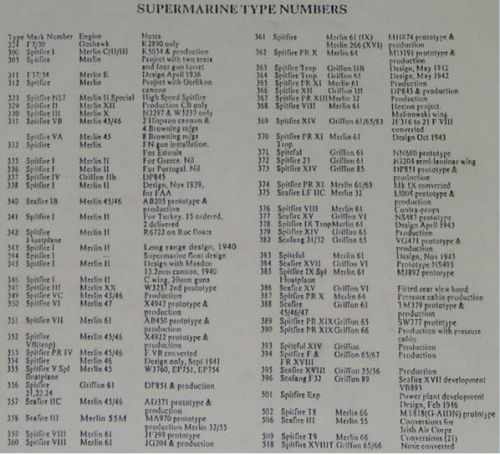- Joined
- 25 June 2009
- Messages
- 14,753
- Reaction score
- 6,147
Thanks a lot Arjen and Schneiderman!
Not all missing as far as I'm concerned:
hesham said:in 300 series,we are still missing; 302,315,320,352,360,373,374,382 and 390.
Not all missing as far as I'm concerned:
- 320: Seagull V
- 352: Spitfire VC
- 360: Spitfire VIII
- 373: Spitfire F.XIV
- 374: Spitfire XI
- 382: Seafang F.31
- 390: Spitfire PR.XIX (production version; the prototype was Type 389)




